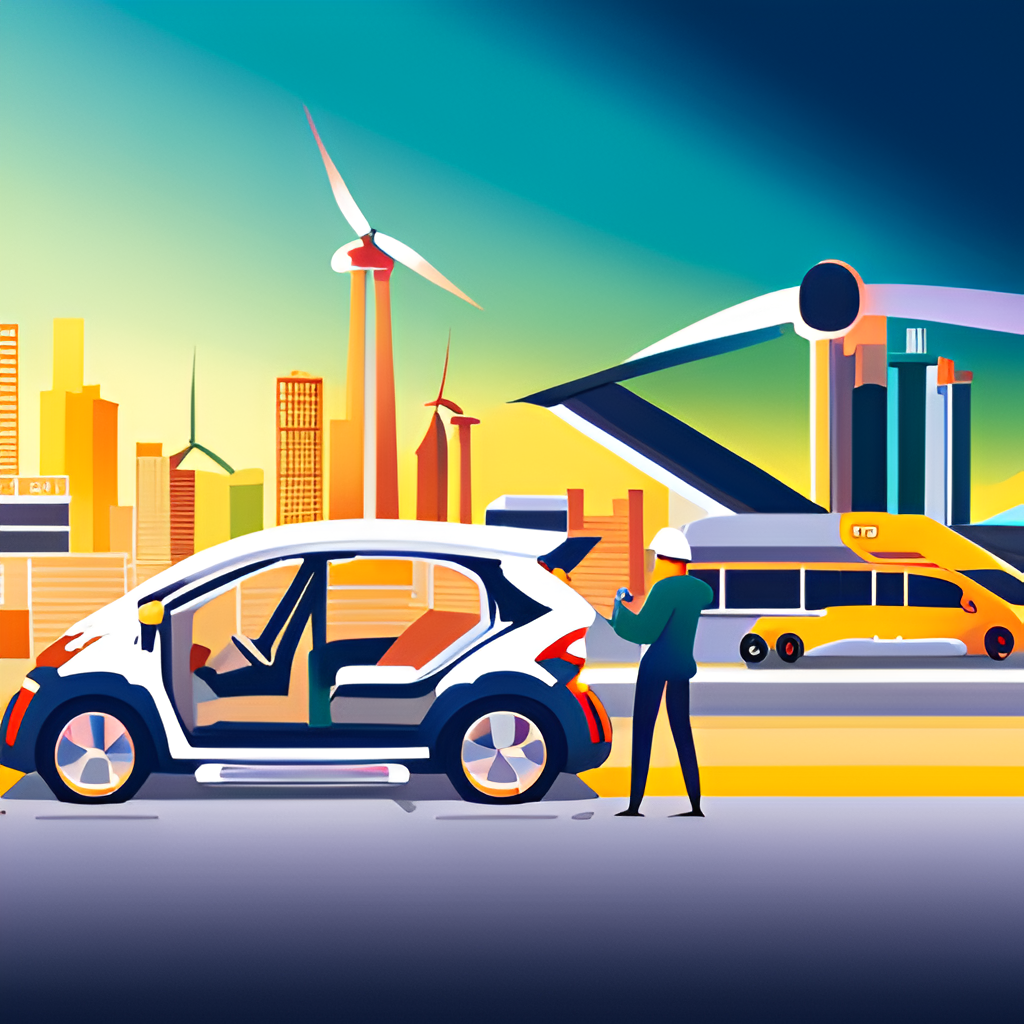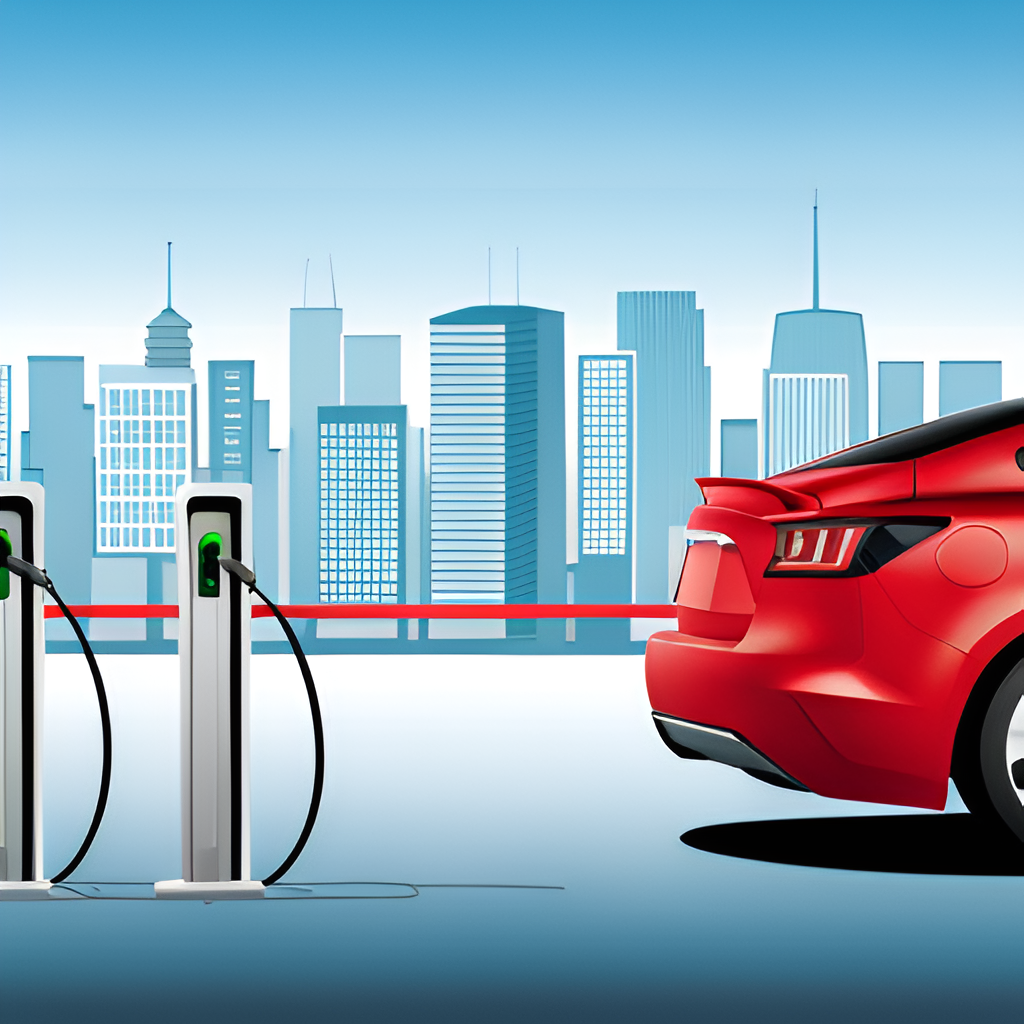Introduction
India has made considerable advances in recent years in transforming its vehicle environment and embracing sustainable transportation. With the globe evolving toward a greener future, India’s dedication to becoming a worldwide Electric Vehicle (EV) powerhouse is admirable. India’s capacity to lead the EV revolution offers enormous promise for the global effort to battle climate change and encourage sustainable transportation solutions as the world’s most populated country with population of over 1.4 billion people and a growing middle class, India presents a huge market opportunity for EV manufacturers and also a fast rising economy. In this blog, we will look at India’s trajectory to become a major participant in the EV industry, as well as the causes driving this shift.
The Growth of EVs in India

In recent years, India has experienced a substantial surge in the usage of Electric Vehicles (EVs). According to an NITI Aayog estimate, they predict the number of electric vehicles on Indian roadways to reach 30% by 2030. A variety of causes, including government rules and incentives, rising fuel prices, and more knowledge of the benefits of EVs, are driving this expansion.
Furthermore, The Indian government has set a target of reaching 100% electric transportation by 2030, which has spurred investment in the EV sector. Tata Motors, Mahindra & Mahindra, and Hyundai have all released EV versions in India, and businesses like Tesla and Suzuki are intending to enter the market as well. With these advances, India might become a worldwide leader in the EV market.
Government Support for EVs

The Indian government has made several steps to encourage the use of electric vehicles in the country. The Faster Adoption and Manufacturing of (Hybrid &) Electric Vehicles in India (FAME India) plan, which gives incentives for the purchase of Electric Vehicles and promotes the construction of charging infrastructure, is one of the important projects.
Aside from FAME India, the government has decreased the Goods and Services Tax (GST) on Electric Vehicles from 12% to 5%, making them more cheap to customers. The government is also offering tax breaks to firms who manufacture electric vehicles and their components in India, encouraging even more investment in the sector.
Investment in EV Manufacturing

With both Indian and international corporations spending extensively in the industry, India has become a hub for electric vehicle manufacture. The government’s campaign for electric mobility has also been essential in luring investment.
Tata Motors, Mahindra Electric, and Hero Electric are among the major Indian corporations that are investing heavily in EV manufacture. Tesla, Suzuki, and Hyundai have also declared plans to establish production operations in India. These investments have the potential to transform India into a major electric vehicle manufacturing hub.
Supportive Consumer Sentiment

There has been a considerable movement in public mood toward cleaner transportation choices as consumer understanding about environmental challenges and the benefits of EVs has grown. Consumers in India are increasingly tempted to choose electric cars, owing to considerations such as cheaper running costs, a lesser carbon footprint, and the pleasure of driving future EVs. As battery technology advances, the range anxiety associated with EVs diminishes, encouraging more people to make the move.
Challenges and Opportunities

The absence of charging infrastructure is one of the most significant hurdles that India confronts in becoming a worldwide center for electric vehicles. While the government has taken initiatives to stimulate the installation of charging stations, there aren’t enough to sustain the rising number of EVs on the road. This provides an opportunity for private enterprises to engage in the construction of more charging stations and the development of novel methods to make EV charging more simple and accessible.
Another issue is the high cost of batteries, which are a significant component of the entire cost of an EV. However, this creates an opportunity for Indian enterprises to engage in battery manufacture and research, potentially lowering costs and making EVs more affordable to consumers. Furthermore, the government’s drive for domestic production of EV components may result in new employment and a boost to the country’s economy.
Conclusion
The electric vehicle sector in India is on the verge of a revolution, with huge growth potential and government assistance paving the way for a promising future.
While there are obstacles to overcome, such as a lack of charging infrastructure and expensive battery costs, India has the potential to become a worldwide leader in the EV market with ongoing investment and innovation.
Know More: Pioneering the Global EV Revolution

Well Written